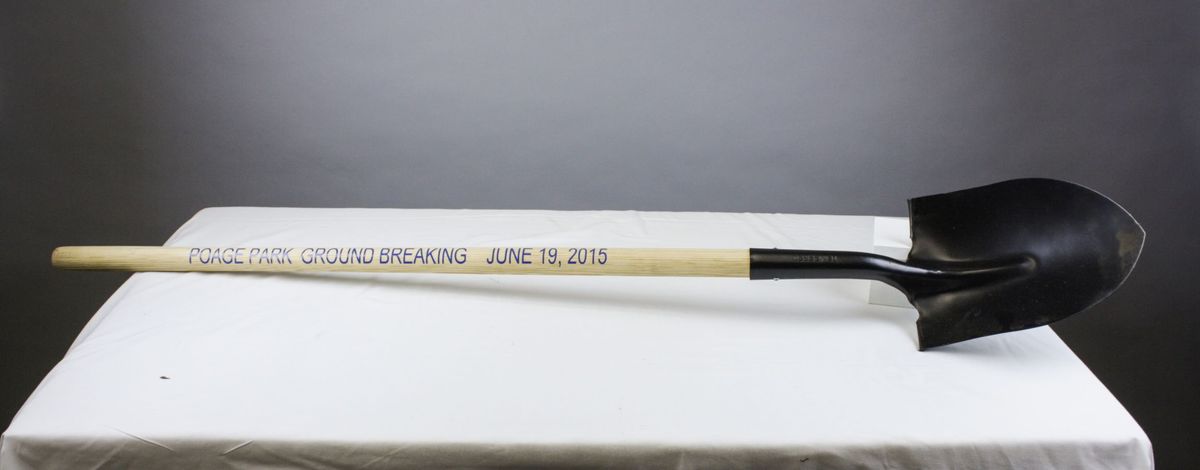Peggy Derrick
Catalog Number: 1965.001.0226
Copyright La Crosse County Historical Society
In 1953, Lilla Law Finch died at the age of 87 while residing in the old Hixon family home at 429 N. Seventh St. She was the daughter of a prominent lawyer and judge, and the widow of William Finch, a newspaper publisher. Shortly after their marriage in 1898, she moved with him to South America for eight years while he served as ambassador to Paraguay and Uruguay.
Lilla Finch was active in a variety of ladies’ organizations in La Crosse and was recognized as a member of “respectable” city society. But her husband was 20 years her senior and died in 1913. The childless Mrs. Finch spent 40 years of her life as a widow, and toward the end of her life was dependent on friends for support.
Alice Green Hixon offered her a home in the old Hixon family house where her husband, Frank, had grown up and which was unoccupied but still maintained by the family.
Through her long life, travels and later hardships, Finch treasured this quilt, and when she died, it remained in the Hixon home. We would assume it was a Hixon family heirloom if it weren’t for a very old note attached to it that reads: “L.L. Finch. This quilt is more than 100 years old.”
I don’t know who wrote the note. Lilla? A member of the Hixon family? I also don’t know when it was written, so I don’t know the starting point to count back the 100 years. So I have to look to the object itself for clues to questions of when, where and who.
Red and green applique quilts such as this one became popular in the 1830s and continued to be made through the end of the 19th century. This was an American quilt tradition, and a populist interpretation of the Romanticism of the first half of the 19th century. It emphasized imagination, beauty and natural forms. Romanticism has been described as a reaction to the stress from the Industrial Revolution and changes it brought to society.
But people responded to those changes by using tools and materials that, ironically perhaps, were provided by industrialization. High-quality cotton fabric, or “chintz,” colored with reliably fast dyes, allowed women to produce lavish bed covers such as this one. These fabrics would have been purchased new for the purpose.
The design of swirling roses is not done with patchwork, where bits of fabric are pieced together; instead, the motifs were cut out and meticulously hand-sewn to a solid background.
I wish I knew who made this quilt, and maybe, with further research, I can discover more clues. Lilla Finch might have made it, but there are reasons to think it was a family heirloom that she treasured. The romantic style of the quilt puts closer to the middle of the 19th century, and Lilla, born in 1865, would have been too young. The workmanship is that of a highly skilled hand sewer.
It may have been made in La Crosse but much more likely is that it was brought from the east by her family, who were early settlers.
I do think someone considered this her masterpiece — perhaps Lilla’s mother or grandmother, someone whose memory she treasured and whose artistic skill made her very proud.
This article was originally published in the La Crosse Tribune on June 24, 2017.
This object can be viewed in our online collections database by clicking here.



